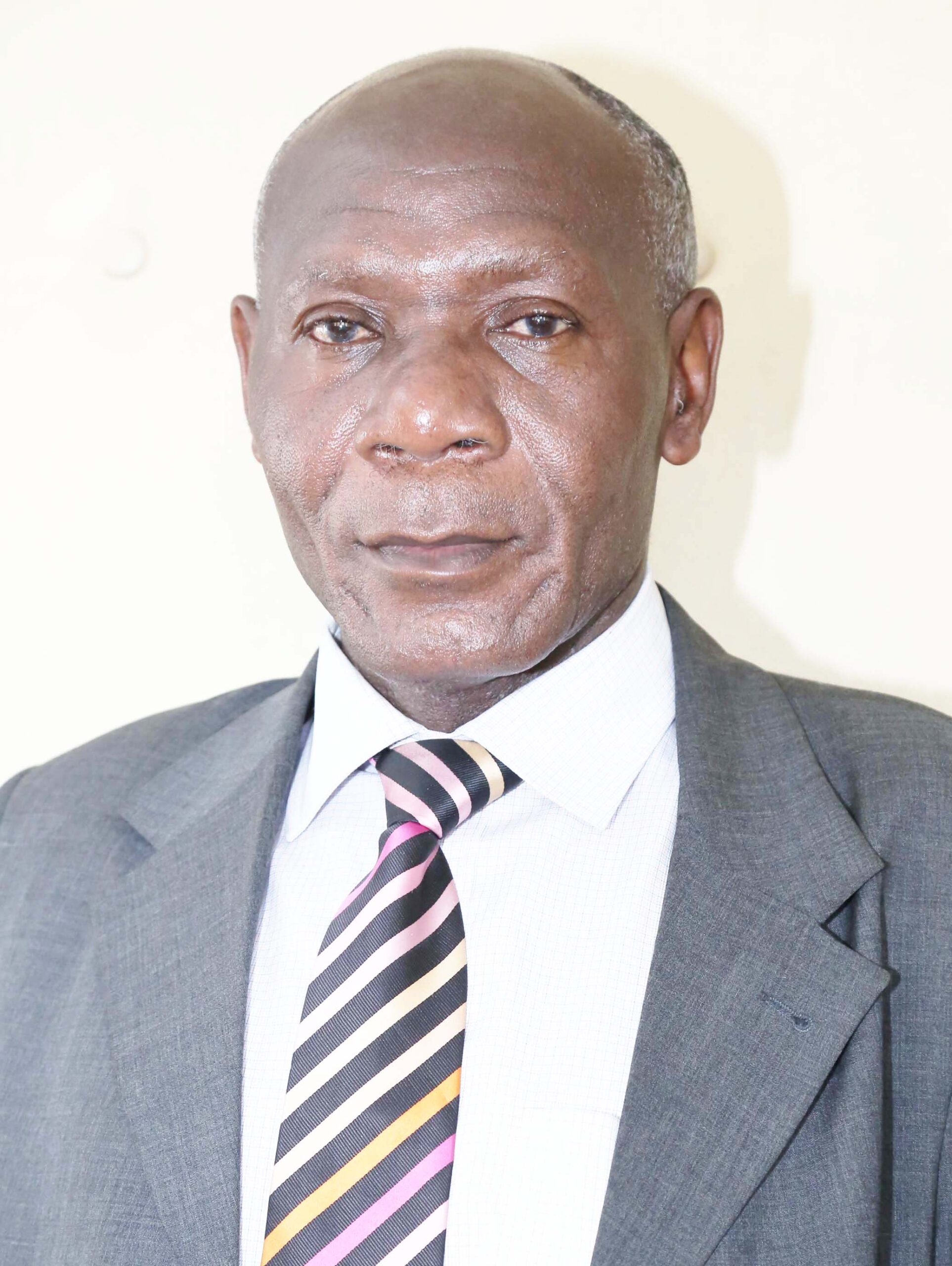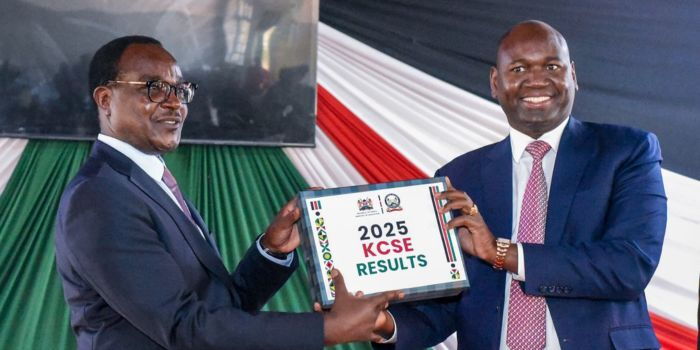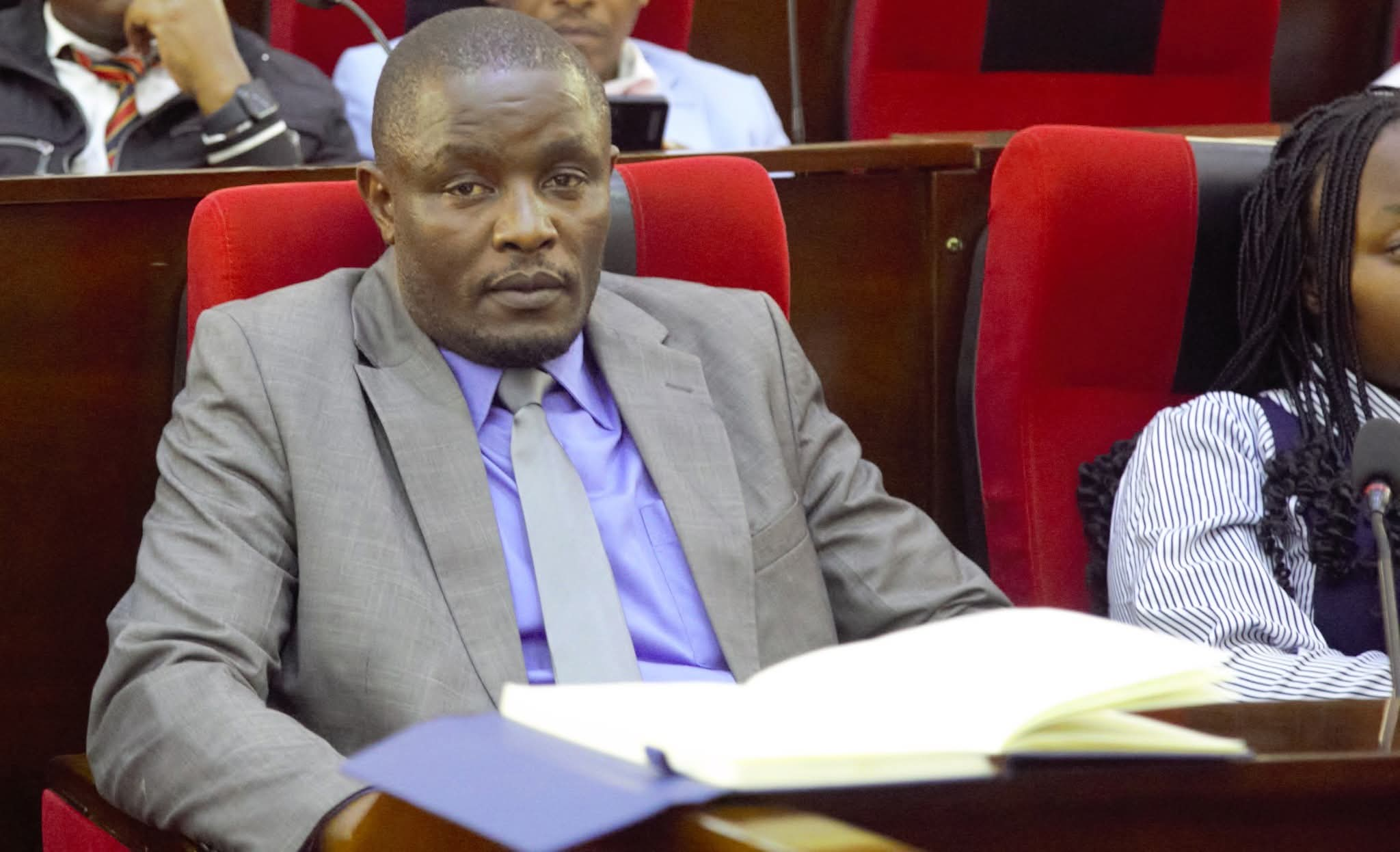Our teachers at Kivaywa Secondary School, in the early 1980s, were keen to know whether we were making optimal use of the instructional hours they had with us in the class.
Once or twice during a school term, they would tell the class prefect to collect our exercise books and hand them over to them immediately after the lesson ended.
They would peruse the students’ exercise books to establish whether we made notes from the series of lessons they had taken us through. The assumption was that those who had taken notes while the teacher taught were not just present; they were also attentive.
Looking back, I find that our teachers were truly great teachers. Great in the mastery of the disciplinary knowledge they taught us and equally great in the pedagogical knowledge required to impart the disciplinary knowledge that gives a teacher, any teacher, not just the power, but also, the ability to teach.
Note taking and note making both require learners to think critically about what they are hearing or reading. Note taking applies to what one is hearing and note making applies to what one is reading. Both note taking and note making involve pulling the key points out of a whole lot of information.
Throughout my four years of secondary education at Kivaywa, we took notes. We didn’t make notes from any book—at least from the perspective of formal requirements from any of our teachers. I started making notes in my “A” levels. “A” students were mature enough then, to make notes from books—be they textbooks or books.
I recall this episode because, I have noticed, anecdotally though, and that some teachers in some schools are asking students to ostensibly make notes. Sadly, however, all the students do is to copy notes—point by point—from textbooks.
This is unfortunate. If students copy notes—and inexcusably from textbooks—they are not thinking and processing. Without doubt, copying is a sterile instructional strategy. There is no thinking or reasoning process going on in the mind of students. This is a passive and not active exercise. There is no cognitive demand or expectation when students are asked to copy notes. Without challenge, the challenge of the intellect, there is no engagement.
Student achievement is a product of engagement of mind, will and soul. And when learners take lots of time copying notes from textbooks, they are not learning but regurgitating what is in the textbooks without understanding it.
I recall one teacher. Perhaps, one or two great teachers of literature I ever came across in my nine years of studying literature as a discipline. The late Ugandan Makerere educated Okia Oriang.
Once the Ministry’s then Kenya Institute of Education (KIE), as Kenya Institute of Curriculum Development (KICD) was called, introduced new set books, Okia read all of them.
All he did, when (re)reading the books, was to mark turning points in the novels or plays. Turning points in a play or novel are important incidents or actions or events.
However, he insisted that all of us, without exception, read the Setbook he was about to teach next week. It was not his business to read the book with us from page to page. Literature is not taught as class readers.
For each lesson, he looked at the book from a particular perspective, the next lesson another perspective. He took us through an average of five different perspectives until we felt we knew all the things or happenings in the book and why they happened.
So, all we remember are important incidents in the book and, with that, trigger what happened before and after—in discussions and ultimately in the examinations.
We also took notes in other subjects except Mathematics, English and Kiswahili which require short questions at the end of every lesson or concept to be answered before the next lesson or concept.
In the notes—history, geography, chemistry, physics, biology, Christian Religious Education (CRE), we took notes from the instructional lessons we had with each teacher. We ended up with only key points or ideas, examples and new ideas. These short notes triggered or cued a train of ideas in our minds about the ideas or concepts that explain the big idea or concept or event in a subject.
We ended up with few notes but critical. All they did for us was to act as a lamppost to remind us of the body of knowledge and the intricately associated skills, attitudes and values the knowledge affirms or negates.
To the layperson, note taking or making may appear to be a trivial idea to the larger purposes and vision of education policy, standards, curricular and examinations. However, it is the core of quality education.
This is why. Learners in primary and lower secondary education have not mastered the background knowledge advanced students have, to sift, to isolate important ideas or concepts from a textbook. They don’t yet have the ability to review, connect and synthesise ideas from a textbook. All they do is to copy all that there is in a chapter or large portions of it without discrimination.
What they end up having is not systematic knowledge or ideas about a topic but disconnected masses of information. Mere information without meaning, personal meaning is useless. A student cannot apply it in life or in an examination, particularly where interpretation and application of the content knowledge is concerned.
Where do we go from here? The greatest transformational reform initiative a head of a basic education institution can do is to ensure that teaching is effective. The teachers should have time to thoroughly prepare for all the engagements they have with learners. They should teach at a speed and with appropriate teaching strategies; this will enable learners to follow the instruction, and make notes as they go along.
The other strategy the head of a school should adopt is that he gives the widest possible latitude, consistent with the school calendar and the school hours, to extensive reading. Students can study approved textbooks and also read general books on a wide variety of subjects and topics.
READ ALSO:
Judiciary establishes court in village to boost war on drugs among youth
The prescribed curriculum stipulates that students be able to read creative and imaginative works, as well as informational works such as biographies, reports, speeches, magazines, letters—formal and informal letters—and any other materials that support the curriculum.
There is no pressure to memorise the welter of information and ideas students glean from these books. But the dividends are phenomenal. The reading experience fortifies the minds of the students. The impact on their critical thinking and analytical skills is awesome. And with quality instruction of the prescribed curriculum. Why? The students’ performance has the potential to improve exponentially.
Note taking or note making? Yes. Note copying? A big No. Copying notes has zero educational value. It weakens the curriculum delivery process. A curriculum I have personally found excellent.
What I see in some schools is inconsistent with the educational experience I had at Kivaywa—thanks to the great teachers the Ministry of Education had deployed to the school before, during and after my time at the school.
By Kennedy Buhere
Buhere is a Communications Officer at the Ministry of Education
Get more stories from our website: Education News
To write to us or offer feedback, you can reach us at: editor@educationnews.co.ke
You can also follow our social media pages on Twitter: Education News KE and Facebook: Education News Newspaper for timely updates.
>>> Click here to stay up-to-date with trending regional stories






